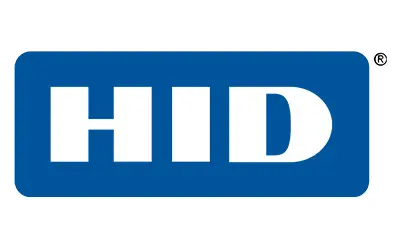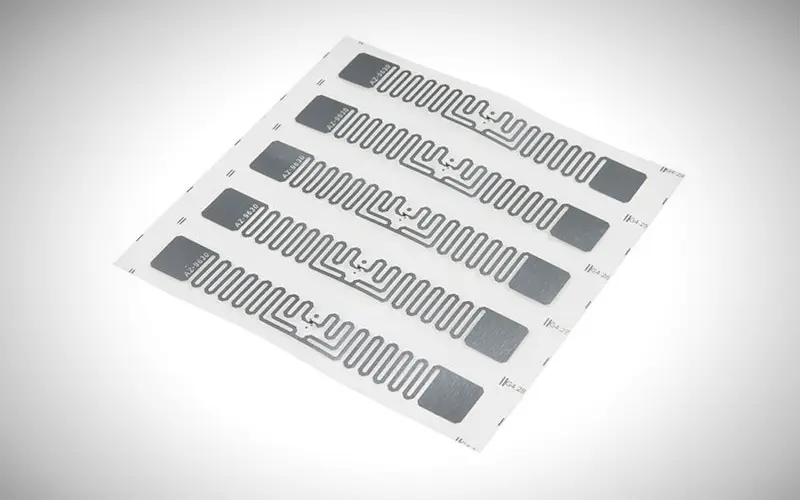RFID Tags
CYBRA provides organizations with the most technologically advanced RFID tags for your upcoming RFID project.
The Right RFID Tags for Your Tracking Needs
The backbone of any RFID tracking system is the RFID tags. You’ll need the right tags in order to track your equipment, assets, inventory, or personnel. CYBRA provides a variety of tags that can accommodate virtually any RFID project, environment, and requirement.
RFID Tags from Alien Technology








Supply Chain and Logistics
RFID tags are widely used in supply chain management for real-time tracking of products and shipments. They enhance visibility, reduce errors, and optimize inventory management.
Retail and Inventory Management
In retail, RFID tags help manage inventory more efficiently. They enable quick and accurate stock counting, reduce out-of-stock situations, and enhance the overall supply chain visibility.
Asset Tracking
Many industries, including healthcare, manufacturing, and construction, use RFID tags for tracking and managing assets. This includes tracking tools, equipment, and high-value items.
Automotive Manufacturing
RFID tags are used in automotive manufacturing for tracking parts and components throughout the production process. This helps ensure quality control and traceability.
Apparel Manufacturing
In the fashion industry, RFID tags are embedded in clothing items to track inventory, reduce theft, and improve the overall shopping experience. Customers can also use RFID-enabled mirrors for product information.
Pharmaceuticals and Healthcare
RFID tags are utilized in pharmaceuticals for tracking the production, distribution, and authentication of drugs. In healthcare, they are used for patient identification, medication tracking, and inventory management.
RFID tags from Smartrac (now Avery Dennison)
FAQs
What Frequencies Do RFID Tags Operate on?
RFID tags operate on different frequency bands, each suited for specific applications:
- Low Frequency (LF): 125-134 kHz. Used for animal tracking, access control, and asset tracking. LF tags have short read ranges, typically up to 10 cm.
- High Frequency (HF): 13.56 MHz. Commonly used for smart cards, ticketing, and library systems. HF tags can be read from distances up to 1 meter.
- Ultra-High Frequency (UHF): 860-960 MHz. Used for inventory management, logistics, and supply chain tracking. UHF tags have a longer read range, up to 12 meters or more.
- Microwave Frequency: 2.45 GHz and above. Used for toll collection and other applications requiring very long read ranges.
What is the Difference Between Passive, Active, and Semi-passive RFID Tags?
- Passive RFID Tags: No internal power source. They are powered by the electromagnetic energy transmitted from the RFID reader. Suitable for short to medium range applications.
- Active RFID Tags: Have an internal battery that powers the tag and its transmission. Suitable for long-range applications and can be read from distances up to 100 meters or more.
- Semi-Passive RFID Tags: Have a battery to power the microchip but rely on the RFID reader to power the communication. They offer a middle ground between passive and active tags in terms of range and cost.
To learn more check out our article: What’s the Difference Between Active RFID Tags and Passive RFID Tags?
How is Data Stored on an RFID Tag?
Data on an RFID tag is stored in the tag’s memory, which can be:
- Read-Only (RO): Data is written once during manufacturing and cannot be modified.
- Write-Once, Read-Many (WORM): Data can be written once and then read multiple times.
- Read-Write (RW): Data can be written and modified multiple times. This type of tag is useful for applications where the information needs to be updated frequently.
What Factors Affect the Read Range of an RFID Tag?
Several factors influence the read range of an RFID tag:
- Frequency: Higher frequencies generally allow longer read ranges.
- Tag Type: Active tags have longer read ranges compared to passive tags.
- Antenna Size and Design: Larger and more efficient antennas can increase the read range.
- Reader Power: Higher power readers can extend the read range.
- Environment: Metal surfaces, liquids, and other environmental factors can interfere with RFID signals and reduce read range.
What are the Security Features of RFID Tags?
RFID tags can incorporate several security features to protect data:
- Encryption: Data on the tag can be encrypted to prevent unauthorized access.
- Authentication: Tags and readers can use mutual authentication protocols to ensure that both parties are legitimate.
- Password Protection: Tags can require a password to access or modify data.
- Kill Commands: Some tags can be permanently disabled using a kill command to prevent further reading.
Additional Resources
CYBRA’s RFID Tech Helps Holigram Blaze New Trails in Legal Cannabis via Joint Effort
What was once a hazy area of Dutch law is now growing into a legally regulated cannabis industry, thanks in part to a bold new experiment. Holigram, a pioneering Dutch cannabis cultivator has teamed up with CYBRA Corporation, experts in RFID technology, to help make...
RFID Check-In / Check-Out Systems
For manufacturing plants, utility operations, and other facilities, managing attendance, tracking assets, and controlling access are essential daily tasks. Traditional methods of check-in and check-out, like paper logs and manual ID scanning, are time-consuming and...
RFID and Barcoding Solutions
Since 1985, CYBRA has been solving some of the most vexing auto-ID challenges in the world. Relied on by many of the biggest names in retail, manufacturing, and safety & security, trust CYBRA with all your barcoding and RFID needs.






